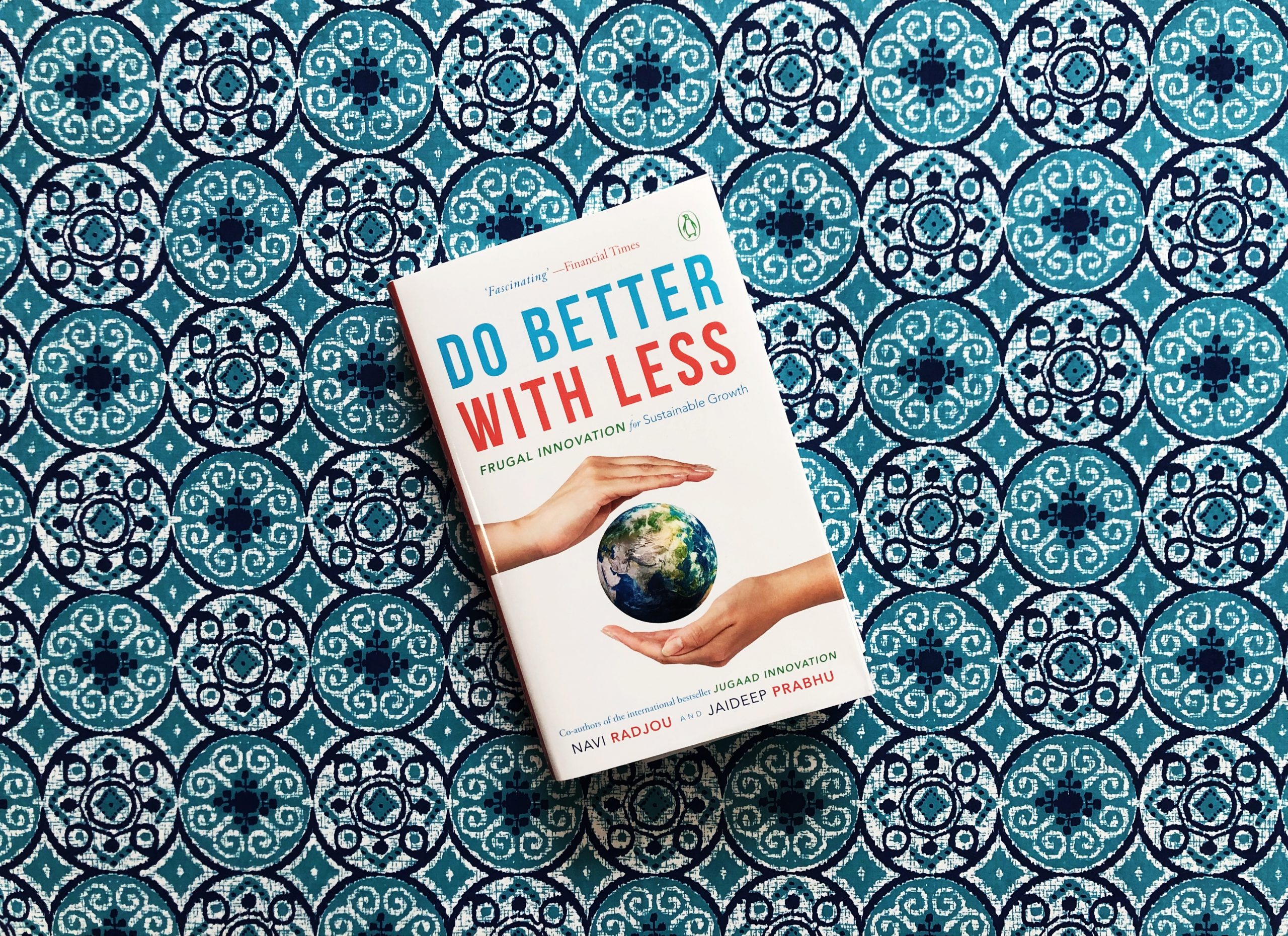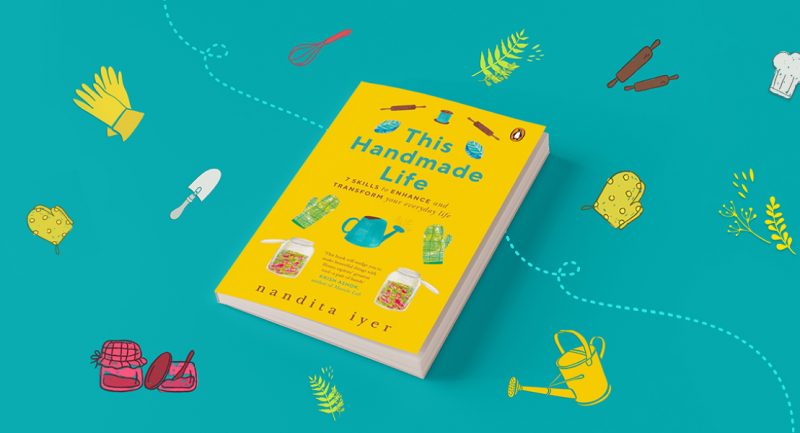
The world faces a stark challenge: meeting the needs of over 7 billion people without bankrupting the planet. India, with its large population and limited resources, is at the very epicentre of this challenge.
Packed with over fifty case studies, Do Better with Less: Frugal Innovation for Sustainable Growth by the bestselling authors of Jugaad Innovation offers six proven principles that Indian entrepreneurs and businesses can use to co-create frugal solutions in education, energy, healthcare, food and finance that are highly relevant to India and the world.
Here is an excerpt from the first chapter:
In 1999, Jean-Marie Hurtiger, a senior manager at Renault, a French carmaker, was given what seemed like an almost impossible task. His boss, Louis Schweitzer, then Renault’s CEO, wanted him to create a modern, reliable and comfortable car that would retail at $6,000.
Two years earlier, Schweitzer had visited Russia where, to his dismay, he had discovered that the Lada—a locally made car priced at $6,000—was selling fast, while Renault’s fancier cars—twice as expensive as the Lada—had few buyers. As Schweitzer recalls: ‘Seeing those antiquated cars, I found it unacceptable that technical progress should stop you from making a good car for $6,000. I drew up a list of specifications in three words—modern, reliable and affordable—and added that everything else was negotiable.’
Schweitzer instructed Hurtiger, an engineer by training, with international management experience, to build a $6,000 car that matched these specifications.
Technically, Hurtiger could engineer a stripped-down version of a car for that price. But, like the Lada, this car would be clunky and uncomfortable, and customers would question its safety. Renault had a reputation for elegance and quality to protect; launching a shoddy product would be a form of brand suicide. Hurtiger therefore realized that what his boss was asking him to do was not just create a cheaper car,
but one that married high quality and affordability.
This ‘more for less’ proposition was at odds with Hurtiger’s long experience. R&D engineers in the West are taught to push the frontiers of automobile technology by adding features to existing products. Indeed, Western car companies invest billions in R&D to create increasingly more sophisticated products in order to differentiate their brands from do better with less competitors’ and charge customers more for the privilege. Schweitzer’s ‘more for less’ proposition seemed to flout the conventional ‘more for more’ business model that had proven so lucrative in consumption driven Western economies over the previous five decades.
Both Hurtiger and Schweitzer recognized that they would first have to change the way Renault employees think. Creating a $6,000 car required not just a new business model, but a new mental model. This would amount to an immense cultural shift in a company that was over 100 years old and for decades had designed high-quality cars—some for the premium market—primarily for Western middle-class consumers. All Renault’s French engineers had grown up in a resource-rich and relatively stable economy with a ‘bigger is better’ R&D philosophy. Schweitzer and Hurtiger needed a new breed of engineers, with a different outlook, who could innovate under severe constraints and turn adversity into opportunity.
Do Better with Less is India’s guide to claiming global leadership in frugal innovation.









